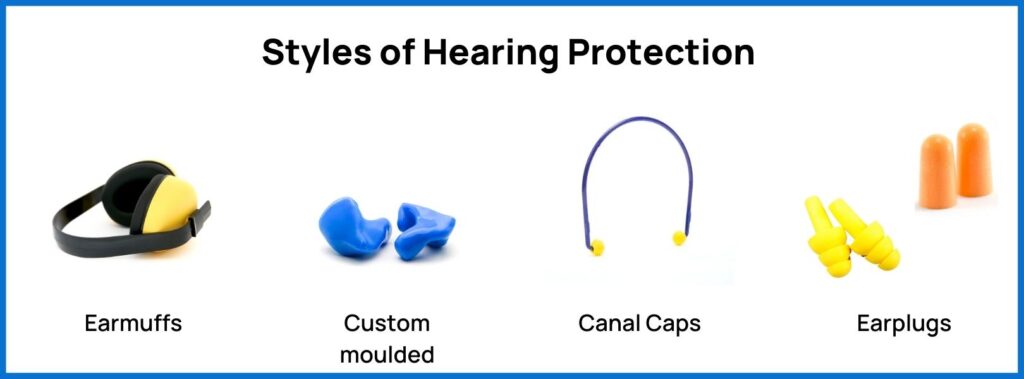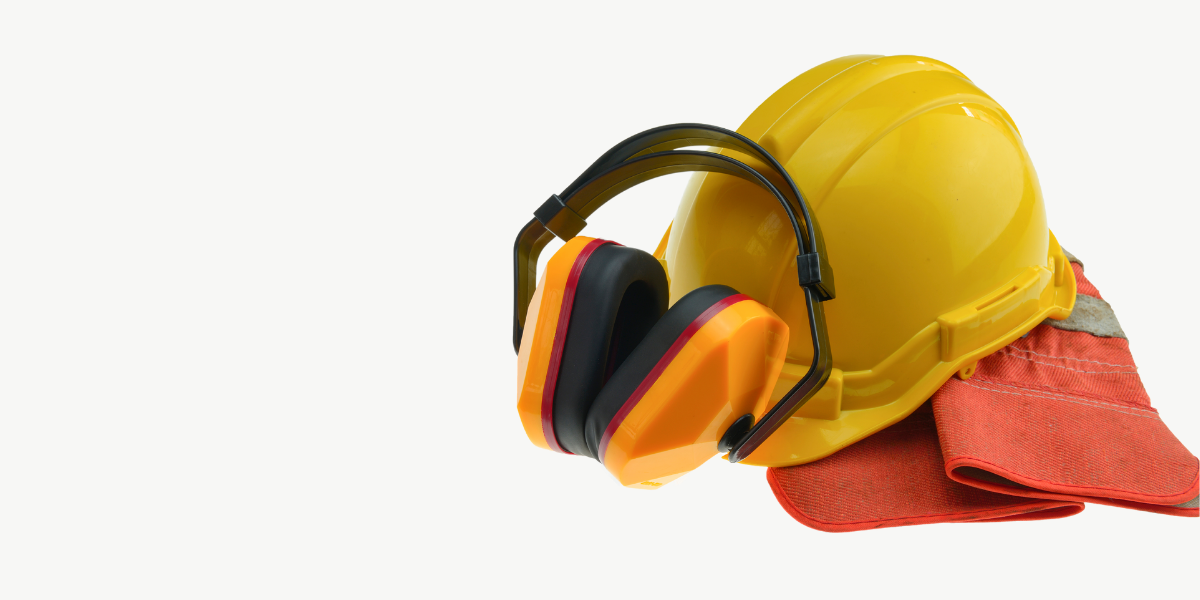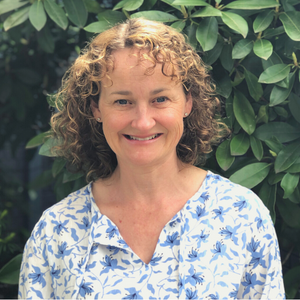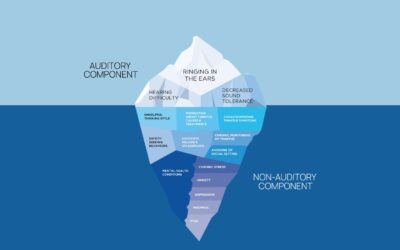As clinicians, we often identify hearing losses due to non-preventable causes such as genetics or presbycusis. However, many individuals obtain noise-induced hearing loss that, while permanent, is entirely preventable. As clinicians, we are at the forefront of providing information and solutions to noise both on and off the job. Take a few minutes with each client and address noise exposures. Whether your client is a concertgoer, works in a bar or uses a power saw, emphasize the effects of noise on our hearing and overall health. Awareness and identification will empower your clients to protect their hearing. It’s important not to assume that noise-exposed workers are getting the information from their employer; likely, they are not. Therefore, in the hearing healthcare field, we need to provide information and education to noise-exposed workers. Forge onwards and save hearing!
1. Hearing Conservation Programs are Required When Workplace Noise Exceeds 85 dBA LEX or 140 dBC Peak Levels
Most jurisdictions mirror this. These workers should receive annual hearing tests and hearing protection. A quick rule of thumb is that if you must raise your voice to be heard from one metre away, the environment is likely over 85 dBA. The ‘A’ indicates that the filter used in the sound level meter examines the frequencies from 600-6000 Hz, and ‘LEX’ indicates that the noise is averaged over 8 hours. If you see a client who works in noise and does not receive hearing tests, they must know their rights.
2. Sound Doubles in Energy with Every 3 dB Increase in Numerical Value
A person can be exposed to noise of 85 dBA for 8 hours, and it is when this is exceeded, that hearing conservation efforts are put into place. To stay safe in noise, consider the following – as we add 3 dB to the decibel value, we must halve the time to prevent over-exposure. Therefore, we are allowed to be in 88 dBA for 4 hours, 91 dBA for 2 hours, 94 dBA for 1 hour and 97 dBA for 30 minutes without hearing protection. When we think about a loud restaurant setting that may be 95 dBA, we can see that we are exposing our ears to potentially damaging sounds. Activities such as using power tools (85-115 dBA) over short times quickly exceed the allowable limits. CCHOS has an excellent Fact Sheet outlining various aspects of noise exposure
3. Different Occupations May Require Different Classes of Hearing Protection
The Canadian Standards Association (CSA) recommends different classes of Hearing Protection Devices (HPDs) based on worker average exposure or LEX values. WorkSafeBC has lists of occupations and activities with associated exposure values. Class A hearing protection provides the most attenuation, Class B less, and Class C provides the least. For example, CSA recommends that workers exposed to levels between 90-95 dB wear a class B hearing protector. CSA-approved hearing protection will have a Class rating, and it is interesting to note that Class A is the most common hearing protector worn in industry.
4. There are Four Styles of Hearing Protection
Earmuffs, earplugs (foam or plastic), canal caps or banded and custom moulded hearing protection. Employers must provide a choice.

5. Employers Must Supply Hearing Protection Devices That Meet the Need of Their Workers
The best hearing protector is the one that will be worn. As with a hearing aid fitting, HPDs are not one size fits all. HPDs should be chosen based on the worker’s noise exposure, comfort, hearing ability, other personal protective equipment (PPE), temperature/climate of the work environment, and the work activity’s physical constraints.
6. Workers Must be Educated on How to Insert Their Hearing Protection, How to Care for it, and When to Replace it
Foam plugs are disposable, earmuffs can last up to 2 years if cared for correctly, and reusable plastic plugs can last 2-6 months, depending on care and use. In the clinic, you can review and reinforce this information.
7. Foam Plugs are the Most ‘Misfit’ HPD and the Most Used HPD
Therefore, re-instruction on insertion is essential. Have a box of foam plugs handy and instruct to roll the plug tightly, pull the ear up and back, and insert it until it expands. You will be pleasantly surprised when your client says the plug has never fit so well after your instruction. Providing a use and insertion handout is an easy way to increase the proper use of foam plugs. Many people don’t realize there are small-sized foam plugs such as the Howard Leight small Max plug that fit some smaller ears much better than what is typically offered. They are especially comfortable for sleeping!
8. Class B HPDs are a Good Choice
Check the occupational average noise levels, and you may find that a lower-class HPD may allow a worker to keep the HPD in for the entirety of the workday and hear what they need to hear instead of removing a Class A to hear. HPDs should never be removed while in noise, or their effectiveness diminishes. Very few Class C options are available for industry besides the music industry and custom moulded Class C.
9. Specialty HPDs are Good for Workers with Hearing Loss or Anyone who Requires Good Communication at Work
Amplified earmuffs such as the Impact Earmuff or the Peltor Tactical amplify sounds up to 82 dB only and cut off louder sounds above this. Flat attenuators such as musician’s earplugs or the Clarity plugs or Clarity earmuffs by Howard Leight, attenuate equally across the frequencies allowing better environmental awareness and speech understanding in noise. When a radio is used at work, the HPD should be coupled, such as a custom plug-in or an independent radio earmuff such as the 3M Peltor WS Litecom Pro radio earmuffs.
10. Recreational Noise Exposures are Equally as Important as Work-Related Noise
Everyday recreational activities may include the use of firearms and attending loud concerts. There are both passive and active options for hunters. For example, many custom protectors have filters that collapse in response to the blast and protect hearing. The Peltor Tactical and Impact are also good recommendations for those who use firearms. Musicians and avid music spectators should be wearing earplugs with music filters, either custom or reusable plastic plugs.
I hope that these quick tips help you to prioritize hearing protection and prevent noise from harming the ears of those who come to you for advice.
If you found this blog helpful, please share it on social media!





